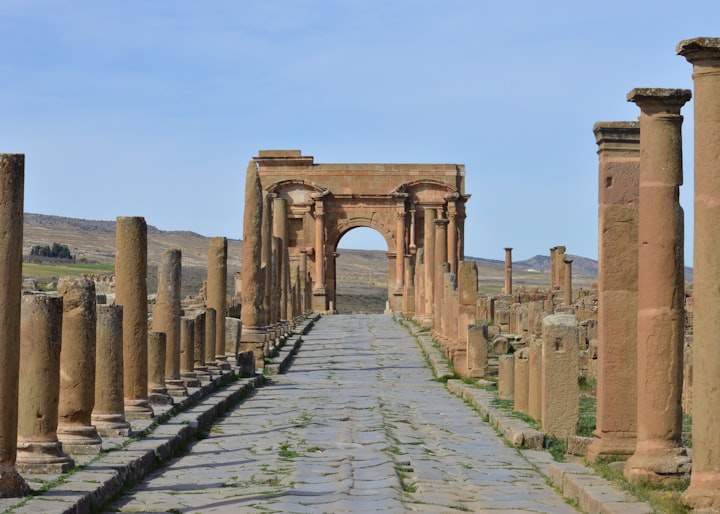
Introduction to Cicadas
Cicadas are intriguing insects that belong to the order Hemiptera and the family Cicadidae. Known for their distinctive sounds and remarkable life cycle, cicadas emerge during warm summer months in various parts of the world. Their presence is often heralded by the rhythmic chorus of buzzing that fills the air.
The Life Cycle of Cicadas
The life cycle of cicadas is a marvel of nature, characterized by long periods of development underground as nymphs. This stage can last several years or even decades, depending on the species. During this time, the nymphs feed on plant roots, slowly growing and maturing until they are ready to emerge.
1. Nymph Stage
The nymph stage is the longest phase in the cicada life cycle. Nymphs live underground, where they tunnel through soil and feed on sap from plant roots. This subterranean lifestyle can last anywhere from two to seventeen years, depending on the species. Cicada nymphs are adapted to their underground existence, equipped with strong legs for digging and specialized mouthparts for sucking sap.
2. Emergence as Adults
When conditions are right, typically triggered by soil temperatures reaching a certain threshold, cicada nymphs emerge en masse. This synchronized emergence is a spectacle to behold, with countless cicadas crawling out of the ground to molt into their adult forms. The sudden appearance of adult cicadas, often in large numbers, can have a profound impact on local ecosystems.
Distinctive Characteristics of Adult Cicadas
Adult cicadas possess unique features that distinguish them from other insects. They have large, transparent wings that are held roof-like over their bodies when at rest. Their eyes are prominent and often brightly colored. Depending on the species, cicadas can vary in size from relatively small to impressively large.
1. Vocalizations
One of the most famous attributes of adult male cicadas is their ability to produce loud, distinctive calls. These calls are used to attract females for mating and can vary significantly between species. The cicada chorus, with its cacophony of buzzing, is a hallmark of summertime in many regions.
2. Reproduction
After emerging as adults, cicadas focus on reproduction. Males produce their characteristic calls to attract females. Once mating occurs, females deposit eggs in tree branches or twigs. The eggs hatch into nymphs, which then drop to the ground and burrow underground to begin the cycle anew.
Ecological Significance of Cicadas
Cicadas play important ecological roles within their habitats. As nymphs, they contribute to nutrient cycling by feeding on plant roots. As adults, they serve as a vital food source for various predators, including birds, mammals, and insects. Some species of cicadas also have symbiotic relationships with microbes that aid in nutrient processing.
Cultural and Symbolic Significance
Cicadas hold symbolic importance in many cultures. They are often associated with themes of rebirth, longevity, and immortality due to their lengthy life cycles and sudden appearances. In Japan, cicadas are celebrated in literature and art as symbols of summer and the transient nature of life.
Conclusion
In conclusion, cicadas are remarkable insects that embody the essence of summer with their rhythmic songs and fascinating life cycle. From their extended nymph stage underground to their vibrant adult forms above ground, cicadas captivate both scientists and nature enthusiasts alike. Their ecological contributions and cultural symbolism further underscore their significance in the natural world. The next time you hear the buzzing chorus of cicadas on a warm summer day, take a moment to appreciate the beauty and complexity of these extraordinary insects.
Ecological Roles of Cicadas
Cicadas play essential roles in the ecosystems they inhabit. As nymphs, they contribute to nutrient cycling by feeding on plant roots. While this feeding can sometimes harm plants, particularly in large numbers, it also facilitates the transfer of nutrients from trees and other vegetation back into the soil. This cycling of nutrients is crucial for maintaining soil health and supporting other organisms within the ecosystem.
Additionally, cicadas serve as a critical food source for a wide range of predators. Birds, mammals, reptiles, and even other insects rely on cicadas as a seasonal bounty. This predation helps regulate cicada populations and contributes to the overall biodiversity and balance of the ecosystem. Cicadas are also known to be hosts for various parasitoid wasps and fungi, which further contribute to the intricate web of interactions within their habitats.
Cultural Significance of Cicadas
Beyond their ecological importance, cicadas hold cultural significance in many societies around the world. In countries like Japan, China, and Greece, cicadas have been celebrated in art, literature, and mythology for centuries. They are often depicted as symbols of summer, resilience, and transformation.
In Japanese culture, the song of the cicada (known as "semi" in Japanese) is associated with the arrival of summer and is considered a nostalgic and evocative sound. Cicadas are featured prominently in haiku poetry, where their calls are used to evoke a sense of fleeting beauty and the passage of time.
Similarly, in Chinese culture, cicadas are symbols of rebirth and immortality. They are often depicted in ancient artwork as auspicious creatures, embodying the cyclical nature of life and the renewal of seasons.
In ancient Greece, cicadas were associated with the underworld and resurrection due to their prolonged periods spent underground before emerging as adults. Their emergence was seen as a symbol of life after death, making them a potent emblem in mythology and symbolism.
Conservation Concerns
Despite their cultural significance and ecological roles, cicadas face threats from habitat loss, climate change, and human activities. Deforestation and urbanization can disrupt their life cycles and diminish their populations. Pesticide use and pollution can also harm cicadas directly or indirectly by reducing the availability of suitable habitats and food sources.
Conservation efforts aimed at preserving natural habitats and raising awareness about the importance of cicadas can help safeguard these fascinating insects for future generations. By understanding their ecological roles and cultural significance, we can appreciate cicadas not only as summer musicians but also as integral components of the natural world that deserve our respect and protection.
Conclusion
In conclusion, cicadas are more than just noisy insects that herald the arrival of summer. They represent a complex tapestry of ecological interactions, cultural symbolism, and evolutionary marvels. From their extended underground nymph stages to their vibrant adult forms and distinctive calls, cicadas capture the imagination and curiosity of people worldwide. By valuing and conserving these remarkable insects, we can ensure that future generations continue to be enchanted by the timeless song of the cicada and its enduring place in our shared natural heritage
About the Creator
solomon Christian
Passionate writer with a knack for storytelling. 📚✨ I create engaging, relatable content that resonates and inspires. Exploring life's wonders one word at a time. 🖋️💕 #Storyteller #ContentCreator






Comments
There are no comments for this story
Be the first to respond and start the conversation.